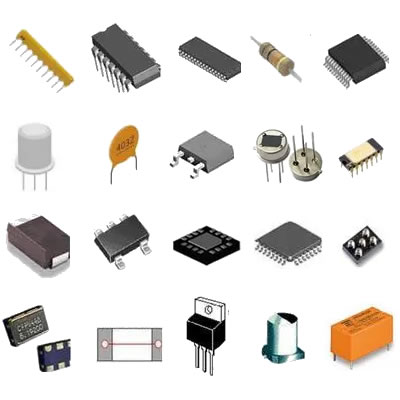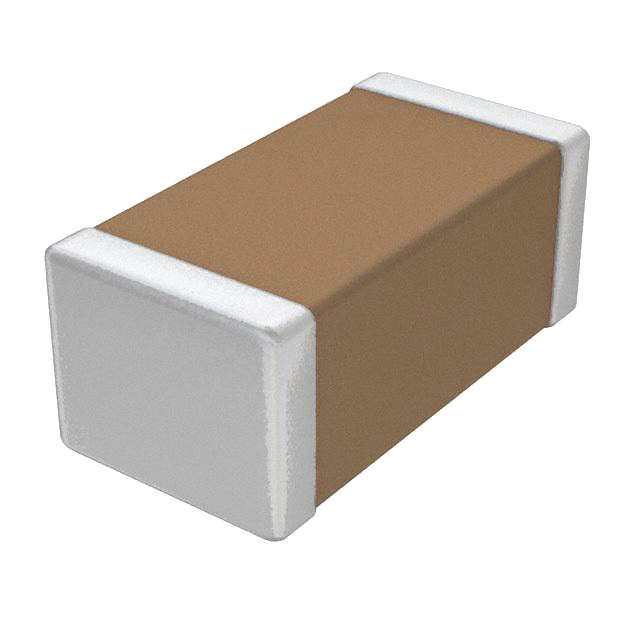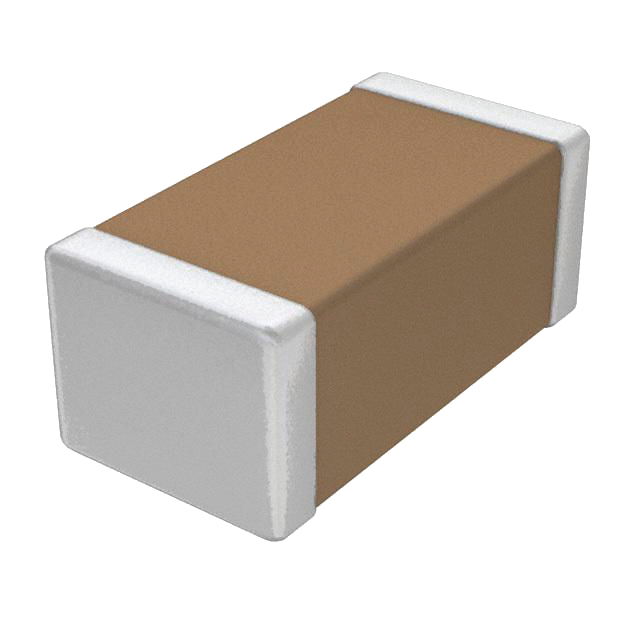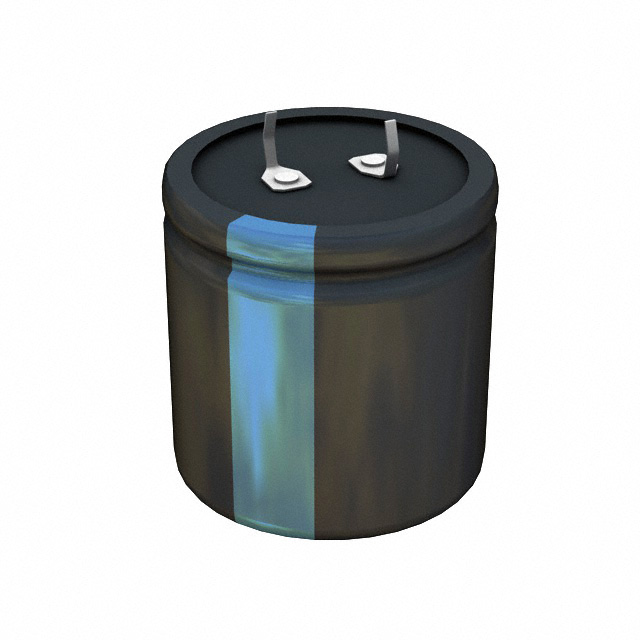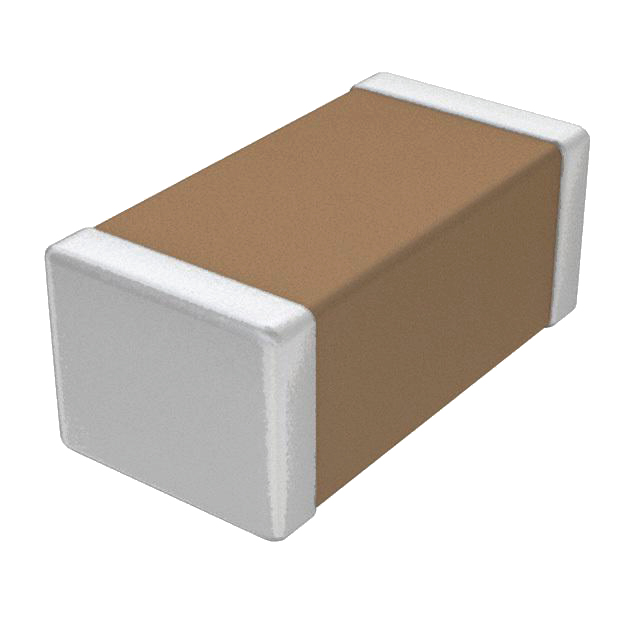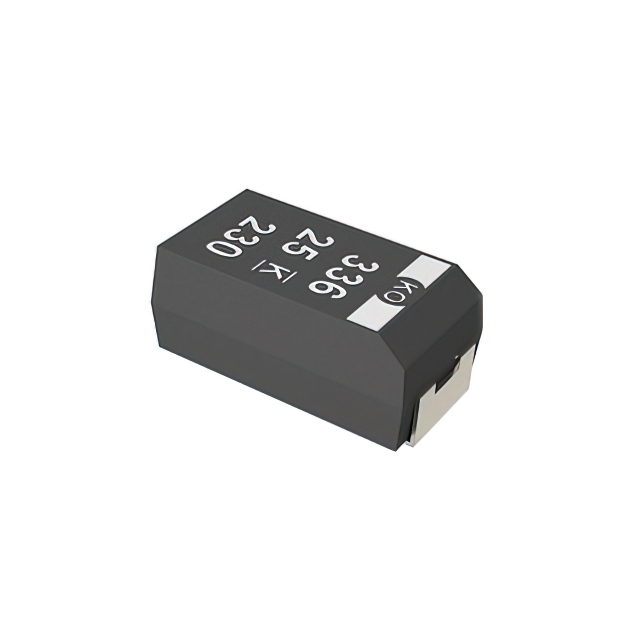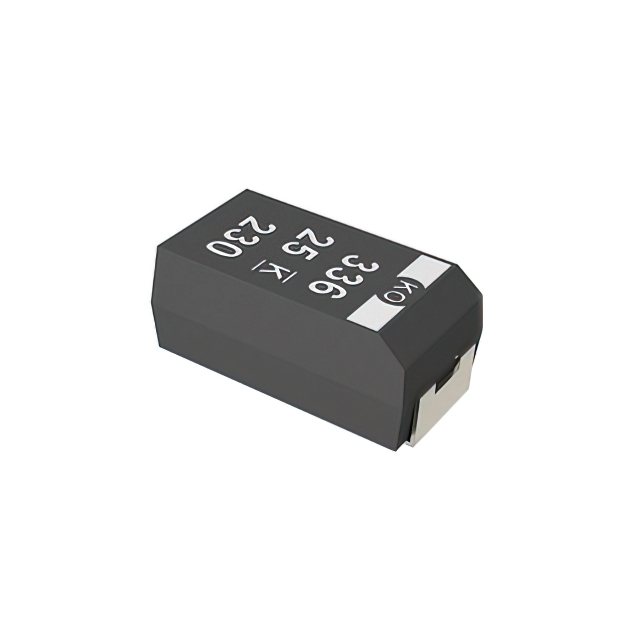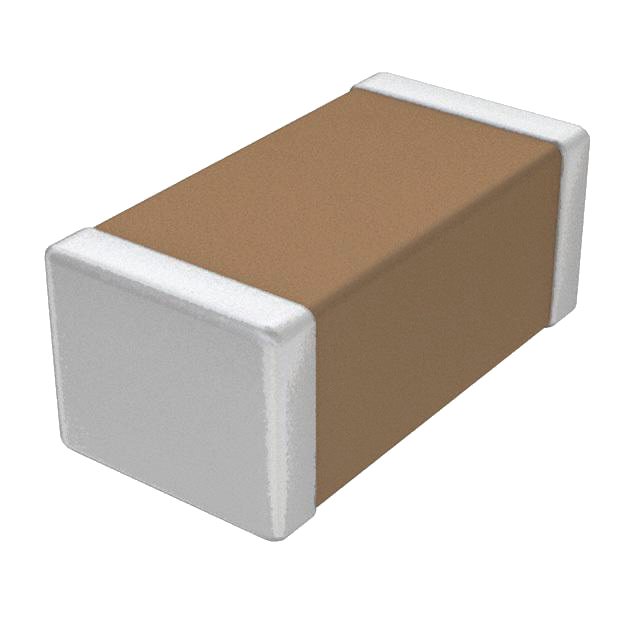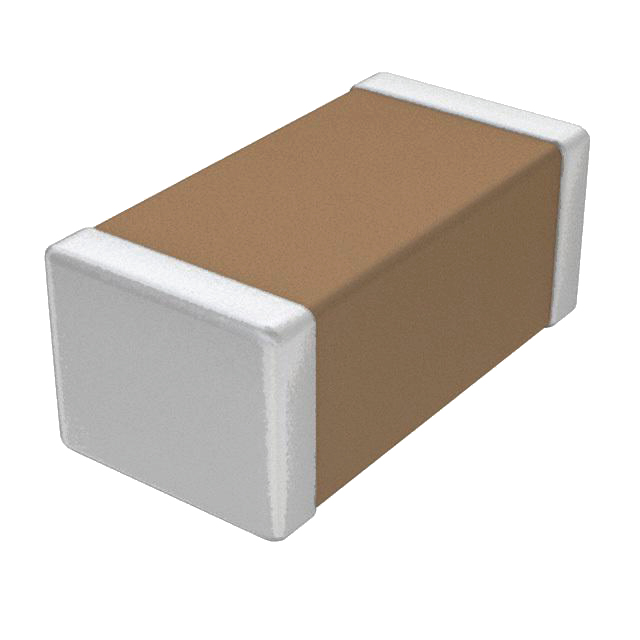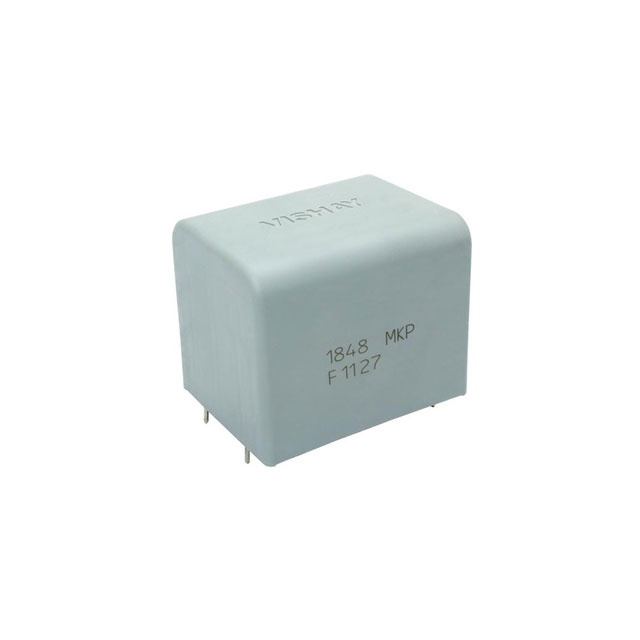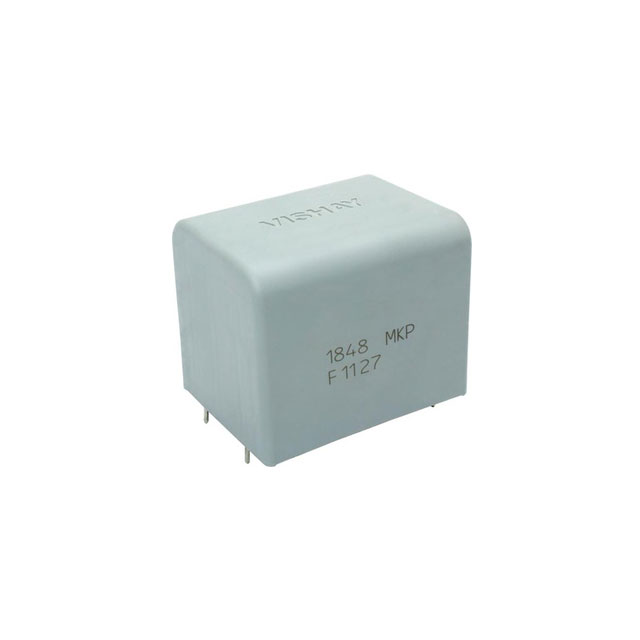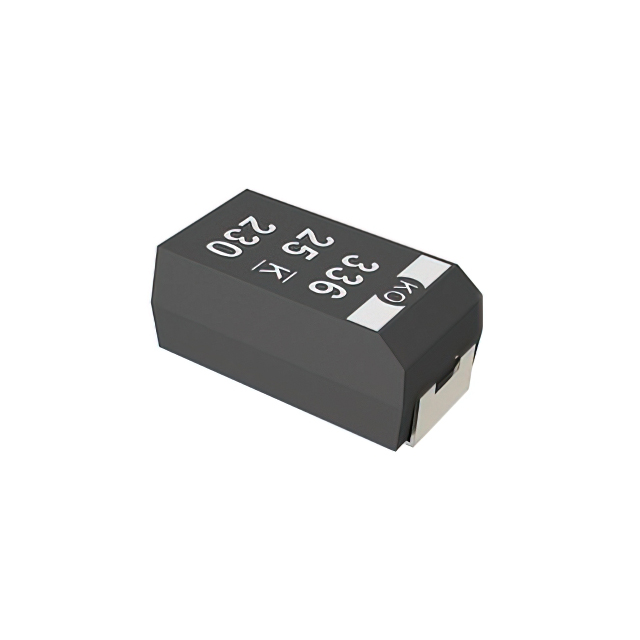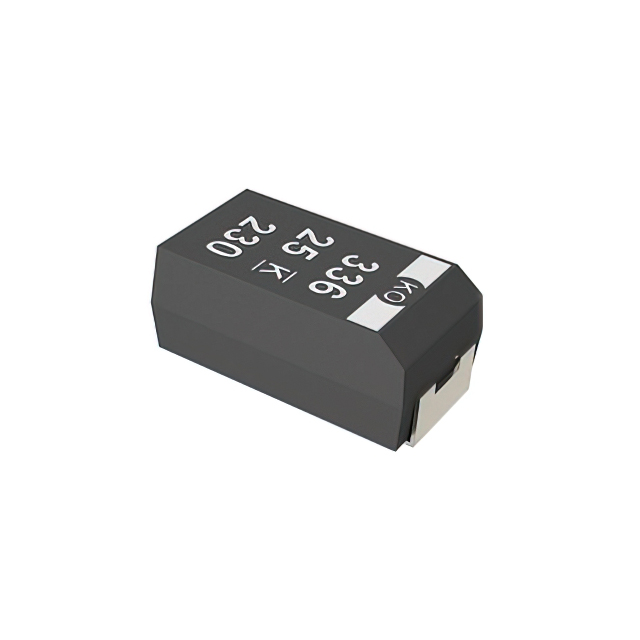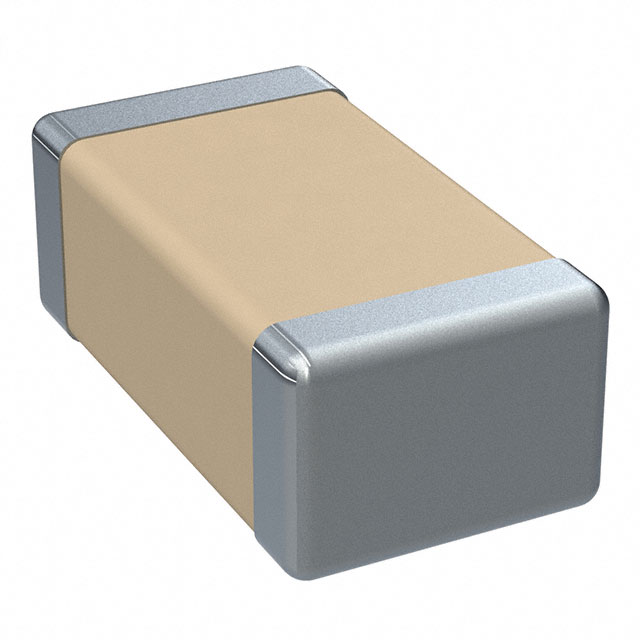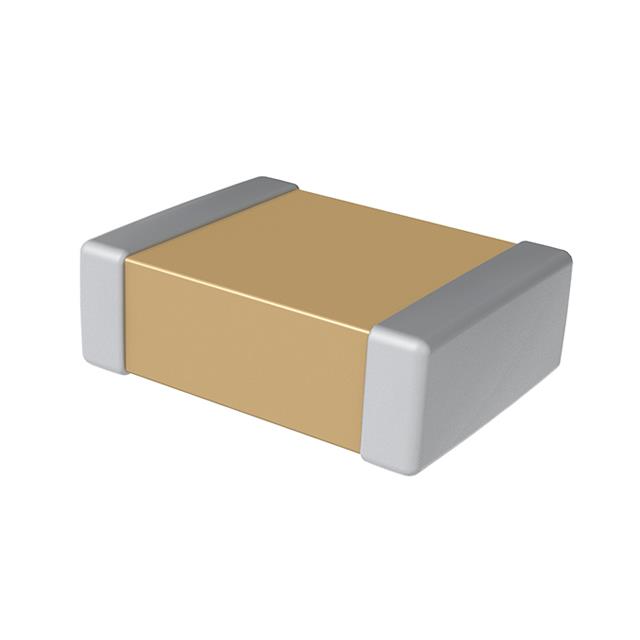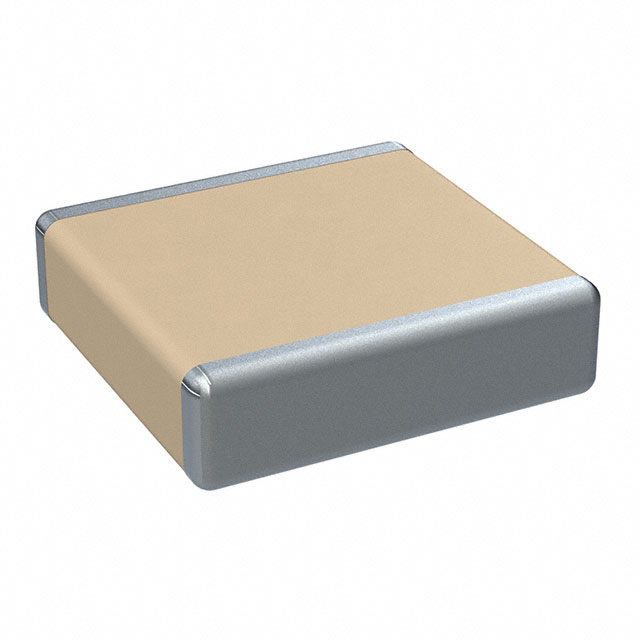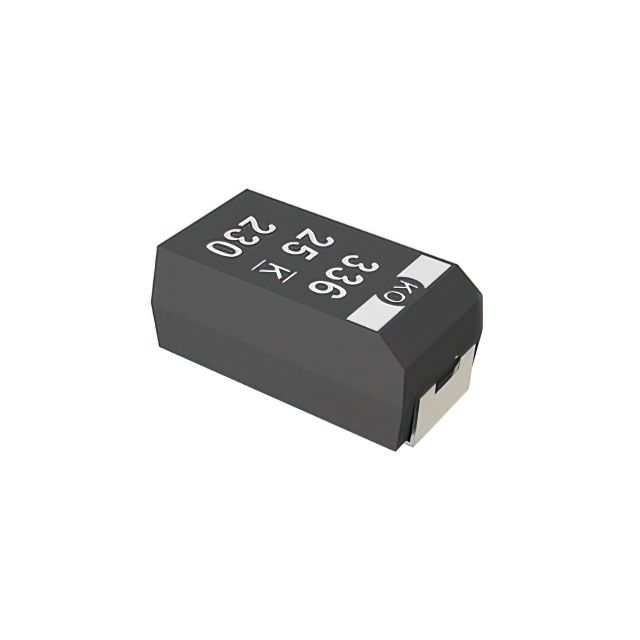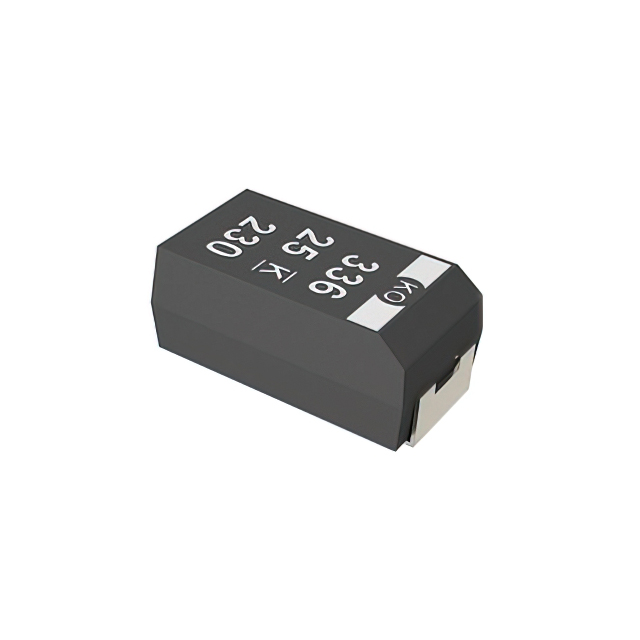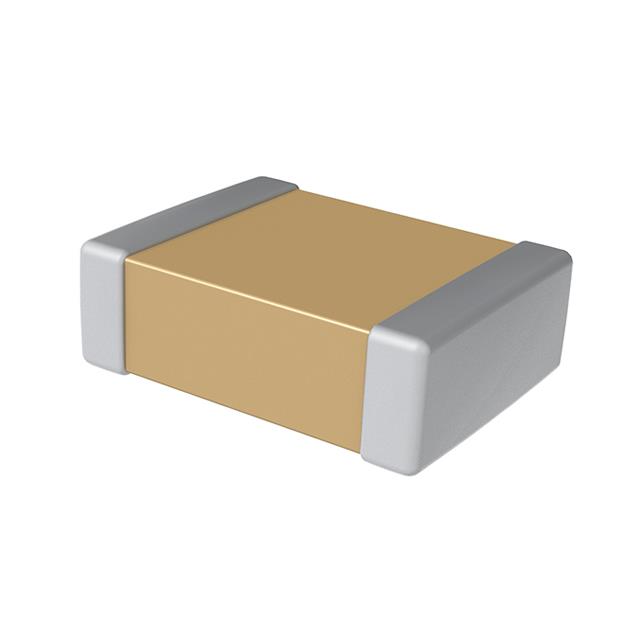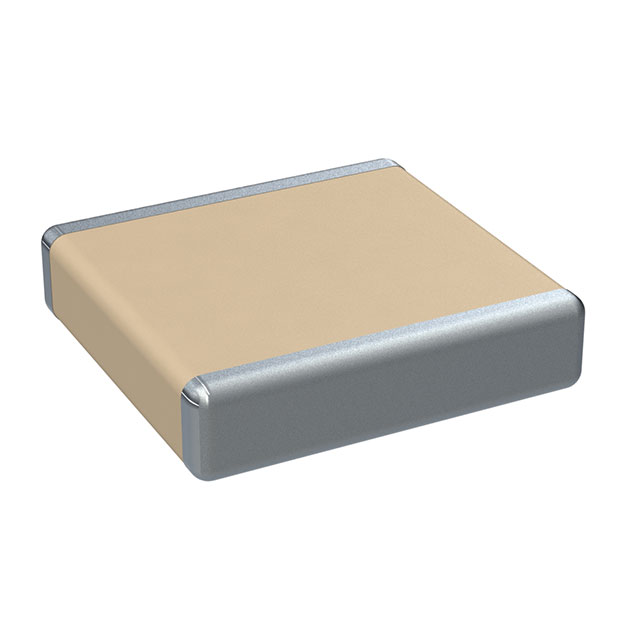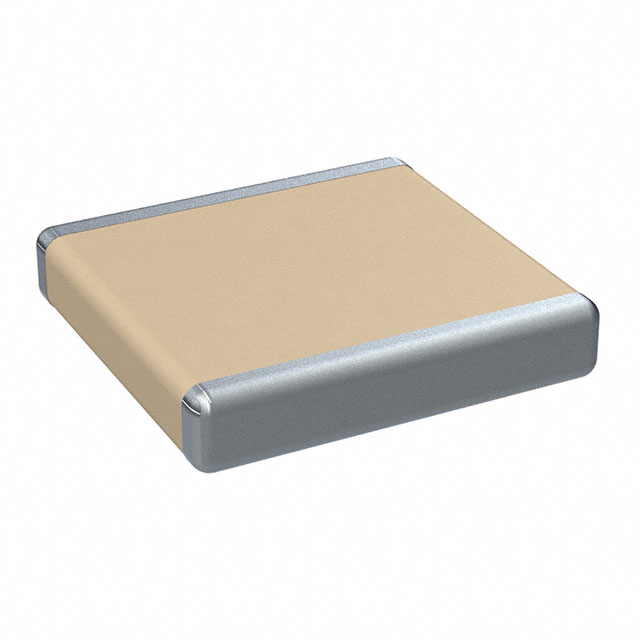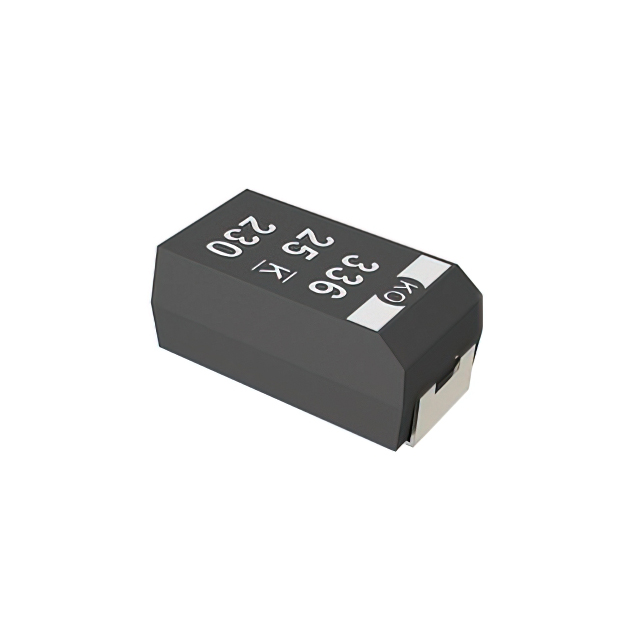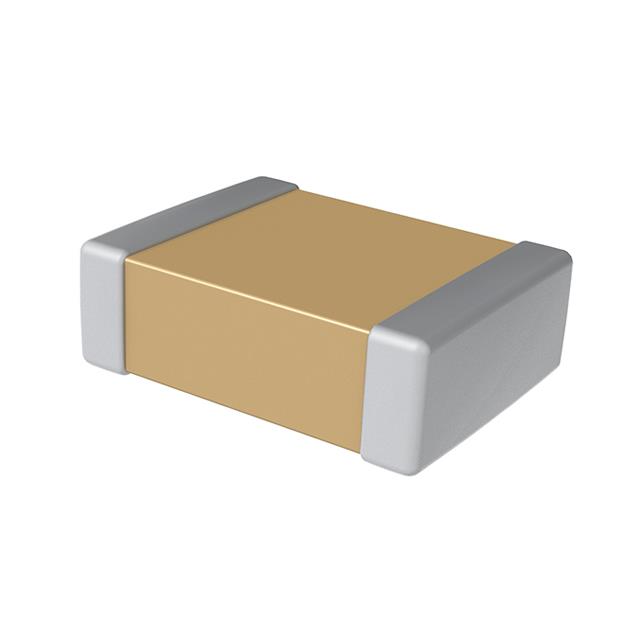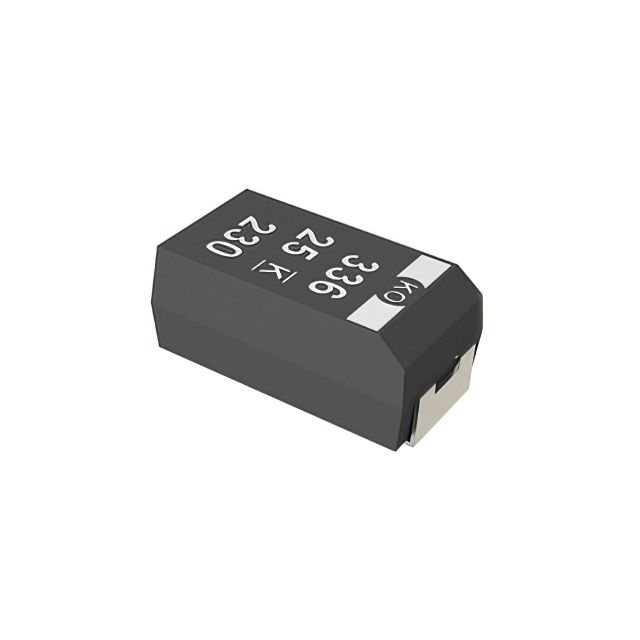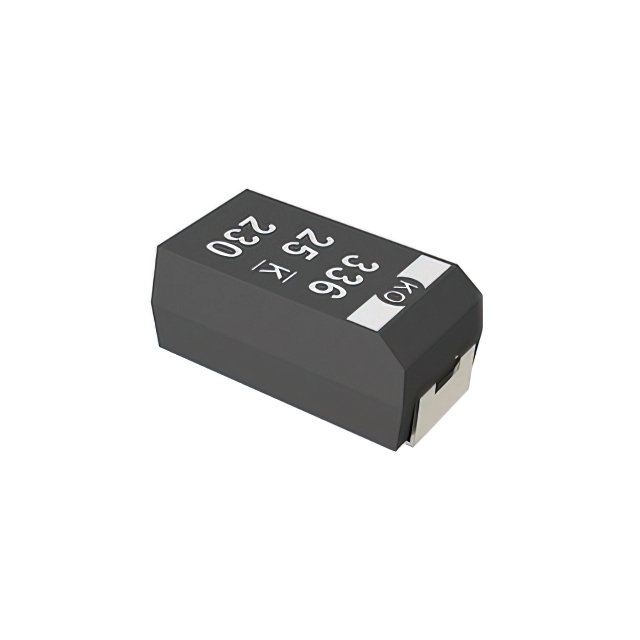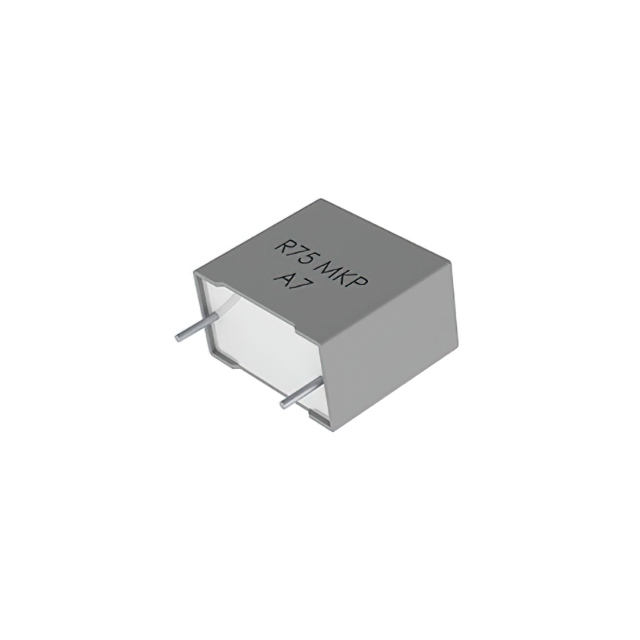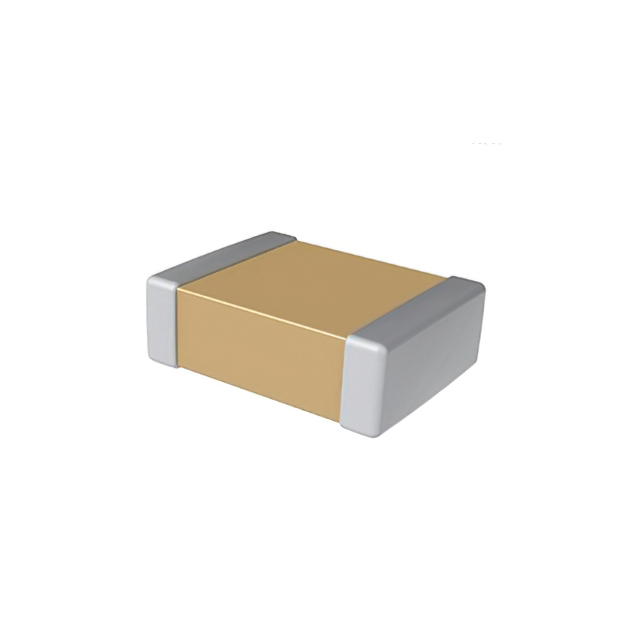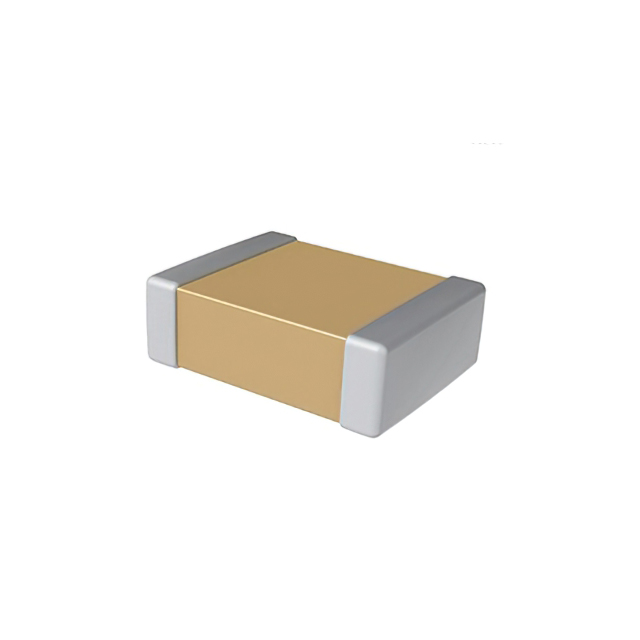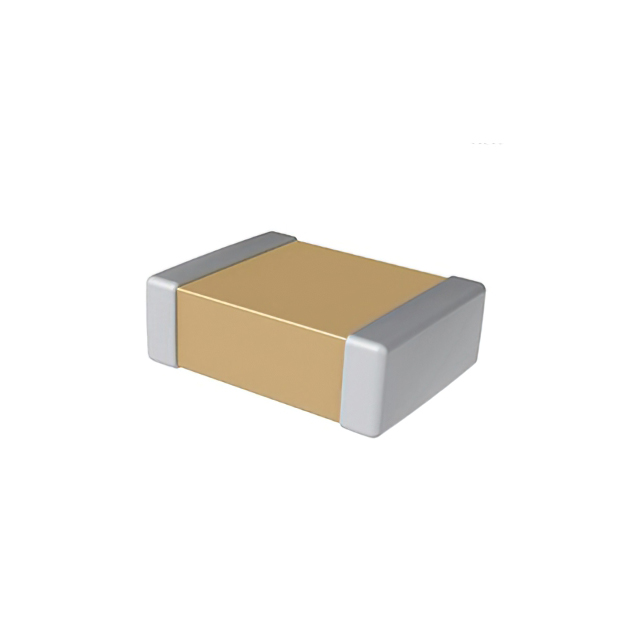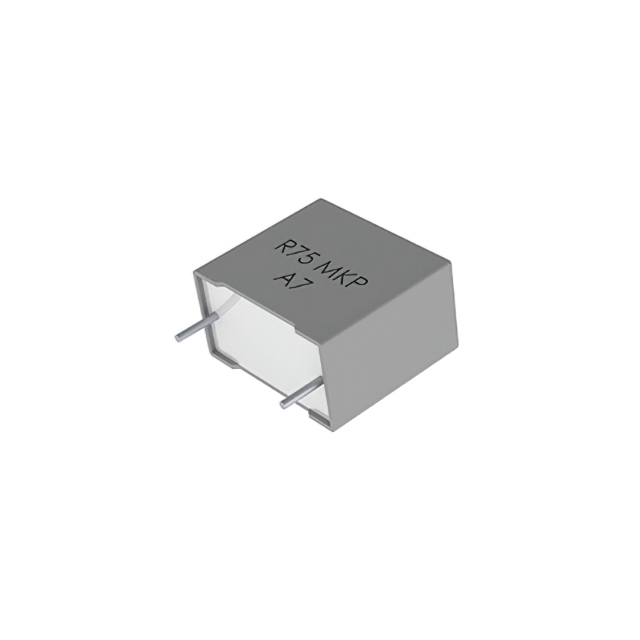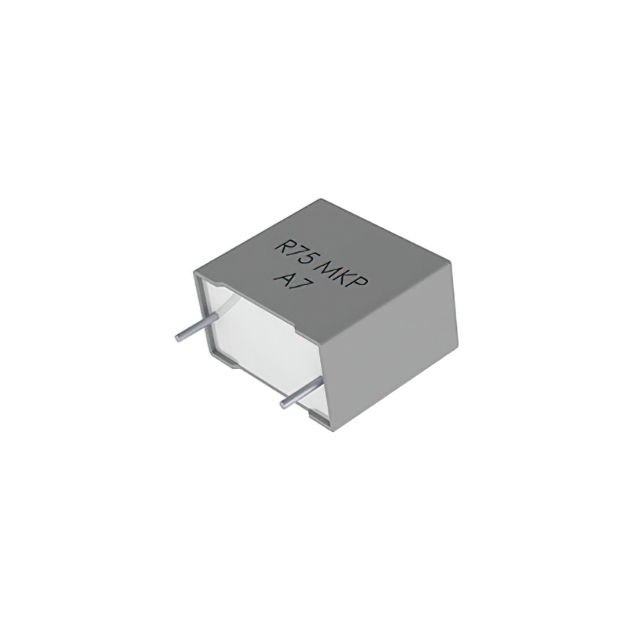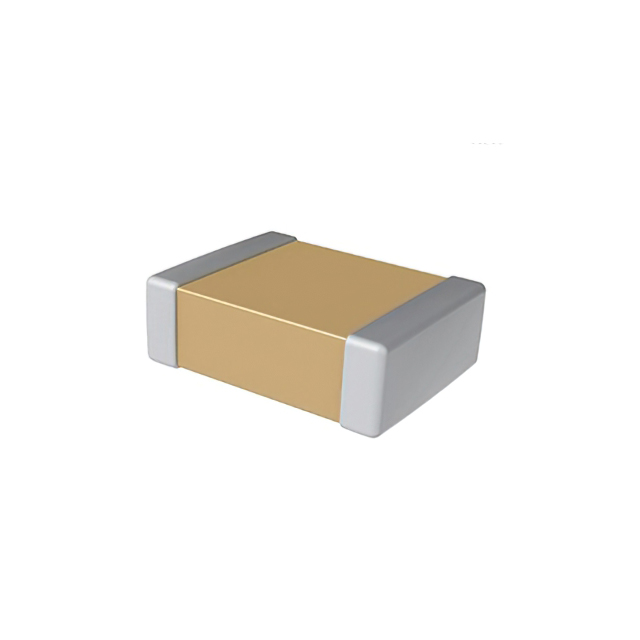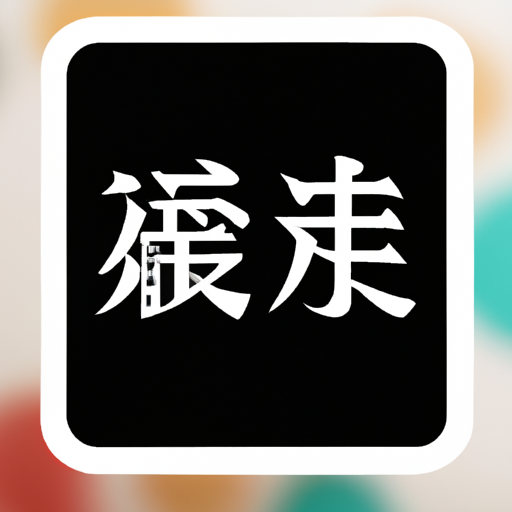
What Kind of Product is Chinese Short Text Classification?
I. Introduction
In the rapidly evolving digital landscape, the ability to process and analyze text data has become increasingly vital. One specific area of interest is Chinese short text classification, a process that involves categorizing short segments of text written in Chinese into predefined classes. This technique is essential for various applications, from social media analysis to e-commerce, where understanding user-generated content can drive business decisions and enhance user experiences. This article will explore the intricacies of Chinese short text classification, its unique challenges, techniques, tools, real-world applications, and future trends.
II. Understanding Text Classification
Text classification is the process of assigning predefined categories to text data. It is a fundamental task in natural language processing (NLP) and can be broadly categorized into three types:
1. **Binary Classification**: This involves categorizing text into two classes, such as spam vs. non-spam emails.
2. **Multi-class Classification**: In this scenario, text can belong to one of several classes, such as categorizing news articles into topics like politics, sports, or entertainment.
3. **Hierarchical Classification**: This is a more complex form where categories are organized in a hierarchy, allowing for more nuanced classification.
Text classification has numerous applications across various fields, including sentiment analysis, topic categorization, and customer feedback analysis. As businesses increasingly rely on data-driven insights, the importance of effective text classification continues to grow.
III. The Unique Challenges of Chinese Text Classification
Chinese short text classification presents unique challenges that differentiate it from text classification in other languages.
A. Linguistic Characteristics of the Chinese Language
One of the most significant challenges is the lack of spaces between words in written Chinese. Unlike languages such as English, where spaces clearly delineate words, Chinese text is a continuous stream of characters. This characteristic complicates the tokenization process, which is essential for breaking down text into manageable units for analysis.
B. Cultural Nuances and Context
Cultural context plays a crucial role in understanding the meaning of Chinese text. Words and phrases can carry different connotations based on cultural references, idioms, and regional dialects. This complexity necessitates a deeper understanding of the language and its cultural backdrop to ensure accurate classification.
C. Data Availability and Quality Issues
The availability and quality of data can also pose challenges. While there is a wealth of Chinese text data available online, not all of it is suitable for training classification models. Issues such as noise in the data, lack of labeled datasets, and the need for domain-specific knowledge can hinder the effectiveness of classification efforts.
IV. Techniques and Approaches in Chinese Short Text Classification
To tackle the challenges of Chinese short text classification, various techniques and approaches have been developed.
A. Traditional Machine Learning Approaches
1. **Naive Bayes**: This probabilistic classifier is often used for text classification due to its simplicity and effectiveness, particularly in binary classification tasks.
2. **Support Vector Machines (SVM)**: SVMs are powerful classifiers that work well in high-dimensional spaces, making them suitable for text classification.
3. **Decision Trees**: These models are intuitive and can handle both categorical and numerical data, providing a clear decision-making process.
B. Deep Learning Approaches
1. **Recurrent Neural Networks (RNN)**: RNNs are designed to handle sequential data, making them a good fit for text classification tasks where context matters.
2. **Convolutional Neural Networks (CNN)**: Originally developed for image processing, CNNs have also proven effective in text classification by capturing local patterns in text data.
3. **Transformers and BERT**: The advent of transformer models, particularly BERT (Bidirectional Encoder Representations from Transformers), has revolutionized NLP. BERT's ability to understand context and relationships between words makes it particularly effective for Chinese text classification.
C. Preprocessing Techniques
Effective preprocessing is crucial for improving the performance of classification models. Key techniques include:
1. **Tokenization**: This involves breaking down text into individual words or phrases, which is particularly challenging in Chinese due to the lack of spaces.
2. **Stop Word Removal**: Common words that do not contribute significant meaning (e.g., "的", "是") are often removed to reduce noise in the data.
3. **Word Embeddings**: Techniques like Word2Vec or GloVe can be used to convert words into numerical vectors, capturing semantic relationships between them.
V. Tools and Frameworks for Chinese Short Text Classification
Several tools and frameworks facilitate the implementation of Chinese short text classification.
A. Popular Libraries and Frameworks
1. **TensorFlow**: An open-source library developed by Google, TensorFlow provides a robust platform for building and training machine learning models, including those for text classification.
2. **PyTorch**: Known for its flexibility and ease of use, PyTorch is another popular framework for developing deep learning models.
3. **Scikit-learn**: This library is widely used for traditional machine learning tasks and offers a range of algorithms for text classification.
B. Specialized Tools for Chinese Text Processing
1. **Jieba**: A popular Chinese text segmentation library that simplifies the tokenization process.
2. **THULAC**: Developed by Tsinghua University, THULAC is another efficient tool for Chinese word segmentation and part-of-speech tagging.
3. **HanLP**: An NLP toolkit that provides a range of functionalities, including tokenization, named entity recognition, and dependency parsing, specifically designed for Chinese text.
VI. Real-World Applications of Chinese Short Text Classification
Chinese short text classification has numerous real-world applications across various domains.
A. Social Media Analysis
1. **Sentiment Analysis**: Businesses can analyze user sentiments expressed in social media posts to gauge public opinion about products or services.
2. **Trend Detection**: By classifying short texts, companies can identify emerging trends and topics of interest among users.
B. E-commerce
1. **Product Categorization**: E-commerce platforms can automatically categorize products based on user-generated descriptions, improving searchability and user experience.
2. **Customer Feedback Analysis**: Analyzing customer reviews and feedback helps businesses understand customer satisfaction and areas for improvement.
C. News and Information Retrieval
1. **Topic Categorization**: News articles can be classified into relevant categories, making it easier for readers to find content of interest.
2. **Fake News Detection**: Classification techniques can help identify and flag potentially misleading or false information.
D. Customer Service Automation
1. **Chatbots and Virtual Assistants**: These tools can utilize text classification to understand and respond to customer inquiries effectively.
2. **Ticket Classification**: In customer support, classifying tickets based on urgency or type can streamline the resolution process.
VII. Future Trends in Chinese Short Text Classification
As technology continues to advance, several trends are shaping the future of Chinese short text classification.
A. Advances in Natural Language Processing (NLP)
Ongoing research in NLP is leading to more sophisticated models that can better understand context, sentiment, and cultural nuances in Chinese text.
B. Integration of AI and Machine Learning in Business Processes
Businesses are increasingly adopting AI-driven solutions for text classification, enhancing their ability to make data-driven decisions.
C. Ethical Considerations and Challenges
As with any AI application, ethical considerations regarding data privacy, bias, and transparency will play a crucial role in the development and deployment of classification systems.
D. The Role of Multilingual Models
The rise of multilingual models that can handle multiple languages, including Chinese, will facilitate cross-lingual applications and broaden the scope of text classification.
VIII. Conclusion
Chinese short text classification is a vital tool in the digital age, enabling businesses and organizations to make sense of vast amounts of text data. Despite the unique challenges posed by the Chinese language, advancements in machine learning and NLP are paving the way for more effective classification techniques. As technology continues to evolve, the landscape of text classification will undoubtedly change, offering new opportunities and applications. The future of Chinese short text classification is bright, with the potential to drive innovation and enhance understanding in an increasingly interconnected world.
IX. References
A comprehensive list of academic papers, articles, books, and online resources related to text classification and natural language processing would be included here to provide readers with further reading and research opportunities.

The Role of Capacitor Charging Products in Practical Applications
I. Introduction
Capacitors are fundamental components in electrical and electronic systems, serving as energy storage devices that can release energy quickly when needed. Capacitor charging products are specialized devices and circuits designed to charge these capacitors efficiently and safely. As technology continues to advance, the importance of capacitor charging products has grown, impacting various sectors, from consumer electronics to renewable energy systems. This blog post will explore the role of capacitor charging products in practical applications, highlighting their significance, challenges, and future trends.
II. Understanding Capacitors
A. Basic Principles of Capacitance
Capacitance is the ability of a component to store electrical energy in an electric field. A capacitor consists of two conductive plates separated by an insulating material, known as a dielectric. When a voltage is applied across the plates, an electric field is created, allowing the capacitor to store energy. The amount of energy stored is proportional to the capacitance value, measured in farads (F).
There are several types of capacitors, including:
1. **Electrolytic Capacitors**: Known for their high capacitance values, these capacitors are polarized and often used in power supply applications.
2. **Ceramic Capacitors**: These are non-polarized capacitors with a wide range of capacitance values, commonly used in high-frequency applications.
3. **Film Capacitors**: Made from thin plastic films, these capacitors are known for their stability and reliability, making them suitable for audio and precision applications.
B. The Charging Process
The charging process of a capacitor involves the flow of current into the capacitor until it reaches the applied voltage. The charging curve is characterized by an exponential rise, defined by the time constant (τ), which is the product of resistance (R) and capacitance (C). The time constant indicates how quickly a capacitor charges; a larger time constant means a slower charging process.
III. Capacitor Charging Products
A. Definition and Types of Capacitor Charging Products
Capacitor charging products encompass a range of devices and circuits designed to facilitate the efficient charging of capacitors. These include:
1. **Power Supplies**: These provide the necessary voltage and current to charge capacitors, often featuring adjustable output settings.
2. **Charging Circuits**: These are designed to control the charging process, ensuring that capacitors are charged safely and efficiently.
3. **Integrated Circuits (ICs) for Charging**: These specialized chips manage the charging process, offering features like over-voltage protection and current regulation.
B. Key Features and Specifications
When selecting capacitor charging products, several key features and specifications should be considered:
1. **Voltage and Current Ratings**: The charging product must be compatible with the voltage and current requirements of the capacitor being charged.
2. **Efficiency and Thermal Management**: High efficiency minimizes energy loss during charging, while effective thermal management prevents overheating.
3. **Safety Features**: Over-voltage protection, short-circuit protection, and thermal shutdown are essential safety features to prevent damage to both the capacitor and the charging product.
IV. Practical Applications of Capacitor Charging Products
A. Consumer Electronics
In consumer electronics, capacitor charging products play a crucial role in devices such as smartphones, tablets, and laptops. Capacitors are used in power management circuits, helping to stabilize voltage and improve battery life. Efficient charging of these capacitors directly impacts the performance and longevity of the device, making capacitor charging products essential for modern electronics.
B. Industrial Applications
In industrial settings, capacitor charging products are integral to power supply systems and motor drives. Capacitors are used to smooth out voltage fluctuations and provide reactive power support, enhancing the efficiency of industrial machinery. Charging circuits ensure that capacitors are charged quickly and safely, minimizing downtime and improving overall productivity.
C. Renewable Energy Systems
Capacitor charging products are vital in renewable energy systems, such as solar inverters and energy storage systems for wind and hydroelectric power. In solar inverters, capacitors help manage the flow of energy from solar panels to the grid, while in energy storage systems, they store excess energy for later use. Efficient charging of these capacitors is crucial for maximizing energy capture and utilization.
D. Automotive Applications
In the automotive industry, particularly with the rise of electric vehicles (EVs), capacitor charging products are becoming increasingly important. Capacitors are used in various applications, including regenerative braking systems, where they store energy generated during braking for later use. Efficient charging of these capacitors enhances the overall energy efficiency of EVs, contributing to longer driving ranges and reduced energy consumption.
E. Medical Devices
In medical devices, capacitor charging products ensure the reliability and safety of diagnostic and therapeutic equipment. Capacitors are used in power supply circuits, where stable voltage is critical for accurate measurements and safe operation. The charging products must meet stringent safety standards to ensure the reliability of life-saving medical devices.
V. Challenges and Considerations
A. Design Challenges in Capacitor Charging Circuits
Designing capacitor charging circuits presents several challenges. Engineers must balance the speed of charging with safety considerations, ensuring that capacitors are charged quickly without exceeding their voltage ratings. Additionally, managing heat dissipation is crucial, as excessive heat can lead to capacitor failure and reduced lifespan.
B. Reliability and Lifespan of Capacitor Charging Products
The reliability and lifespan of capacitor charging products are influenced by various factors, including the quality of components used, operating conditions, and design choices. High-quality components and robust designs are essential for ensuring long-term performance and minimizing the risk of failure.
VI. Future Trends and Innovations
A. Advances in Capacitor Technology
The field of capacitor technology is evolving, with advancements in materials and designs leading to improved performance. New materials, such as graphene and organic polymers, are being explored to enhance capacitance and energy density. Additionally, nanotechnology is paving the way for smaller, more efficient capacitors.
B. Emerging Applications
As technology continues to advance, new applications for capacitor charging products are emerging. In electric and hybrid vehicles, capacitors are being integrated into energy management systems to optimize performance. Furthermore, the integration of capacitor charging products with smart grid technologies is enhancing energy distribution and management.
C. Sustainability Considerations
Sustainability is becoming increasingly important in the development of capacitor charging solutions. Eco-friendly materials and manufacturing processes are being prioritized, and recycling programs for capacitors are being established to minimize environmental impact. As the demand for sustainable solutions grows, capacitor charging products will need to adapt to meet these expectations.
VII. Conclusion
Capacitor charging products play a vital role in a wide range of practical applications, from consumer electronics to renewable energy systems. As technology continues to evolve, the importance of these products will only increase, driving innovations in capacitor technology and charging solutions. By understanding the significance of capacitor charging products and addressing the challenges they face, we can ensure their continued relevance in an ever-changing technological landscape.
VIII. References
1. Academic journals and articles on capacitor technology and applications.
2. Industry reports and white papers discussing trends in capacitor charging products.
3. Books and educational resources on capacitors and charging technologies.
In conclusion, the role of capacitor charging products is multifaceted and critical to the performance and efficiency of modern electrical and electronic systems. As we look to the future, continued advancements in this field will pave the way for more efficient, reliable, and sustainable technologies.
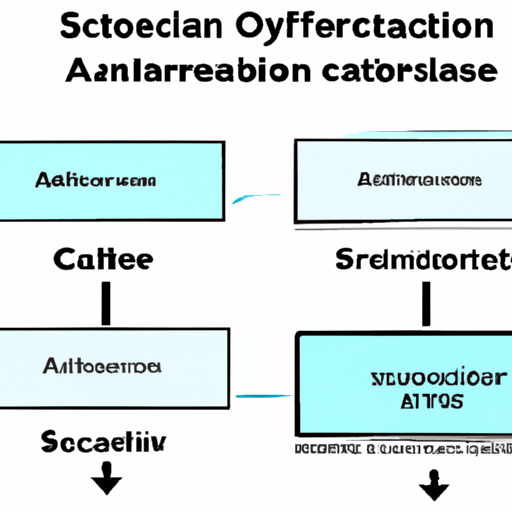
Comparisons and Differences Between Mainstream Air-Conditioning Capacitor Models
I. Introduction
Air-conditioning systems are essential for maintaining comfortable indoor environments, especially in regions with extreme temperatures. At the heart of these systems lies a crucial component known as the capacitor. Capacitors play a vital role in the operation of air-conditioning units, enabling them to function efficiently and effectively. This article aims to compare and contrast mainstream air-conditioning capacitor models, providing insights into their specifications, performance, and overall value.
II. Overview of Air-Conditioning Capacitors
A. Function of Capacitors in HVAC Systems
Capacitors serve two primary functions in HVAC systems: they help start and run motors and store and release energy.
1. **Starting and Running Motors**: In air-conditioning units, capacitors provide the necessary boost to start the compressor and fan motors. Without capacitors, these motors would struggle to initiate operation, leading to inefficiencies and potential damage.
2. **Energy Storage and Release**: Capacitors store electrical energy and release it when needed, ensuring a steady flow of power to the motors. This capability helps maintain consistent performance and reduces the load on the electrical system.
B. Types of Capacitors Used in Air-Conditioning
There are three main types of capacitors used in air-conditioning systems:
1. **Run Capacitors**: These capacitors are used during the normal operation of the motor, providing continuous power to keep it running efficiently.
2. **Start Capacitors**: These capacitors provide a temporary boost of energy to start the motor. Once the motor reaches a certain speed, the start capacitor is disconnected from the circuit.
3. **Dual Run Capacitors**: These capacitors combine the functions of both run and start capacitors, making them versatile and efficient for various applications.
III. Key Specifications of Air-Conditioning Capacitors
When comparing air-conditioning capacitors, several key specifications should be considered:
A. Voltage Rating
The voltage rating indicates the maximum voltage the capacitor can handle. It is crucial to select a capacitor with a voltage rating that matches or exceeds the requirements of the air-conditioning system to prevent failure.
B. Capacitance Value
The capacitance value, measured in microfarads (µF), determines the amount of electrical charge the capacitor can store. Different motors require different capacitance values, so it is essential to choose a capacitor that meets the specifications of the specific air-conditioning unit.
C. Tolerance Levels
Tolerance levels indicate how much the actual capacitance can vary from the stated value. A lower tolerance level means more precise performance, which can be critical in high-efficiency systems.
D. Temperature Rating
Capacitors are rated for specific temperature ranges. Selecting a capacitor with an appropriate temperature rating ensures reliable performance in varying environmental conditions.
E. Physical Size and Mounting Options
The physical size of the capacitor and its mounting options can affect installation. It is essential to choose a capacitor that fits the available space in the air-conditioning unit and can be easily mounted.
IV. Mainstream Capacitor Models
A. Overview of Popular Brands and Models
Several brands dominate the air-conditioning capacitor market, each offering various models with unique specifications. Here are some of the most recognized brands:
1. **Emerson**: Known for its high-quality capacitors, Emerson offers a range of models suitable for different HVAC applications.
2. **GE (General Electric)**: GE capacitors are widely used in residential and commercial air-conditioning systems, known for their reliability and performance.
3. **Siemens**: Siemens provides advanced capacitor technology, focusing on energy efficiency and durability.
4. **Mallory**: Mallory capacitors are popular for their affordability and decent performance, making them a common choice for budget-conscious consumers.
5. **Supco**: Supco offers a variety of capacitors designed for easy installation and reliable performance, catering to both residential and commercial markets.
B. Comparison of Specifications
When comparing these brands, several specifications stand out:
1. **Voltage Ratings**: Most mainstream models offer voltage ratings ranging from 370V to 440V, suitable for various air-conditioning systems.
2. **Capacitance Values**: Capacitors typically range from 1µF to 100µF, with specific models tailored for different motor requirements.
3. **Tolerance and Temperature Ratings**: Many brands offer capacitors with tolerance levels of ±5% to ±10% and temperature ratings from -40°C to 70°C, ensuring reliable performance in diverse conditions.
4. **Physical Dimensions**: Capacitor sizes vary, with some models designed for compact installations, while others are larger to accommodate higher capacitance values.
V. Performance and Reliability
A. Lifespan and Durability
The lifespan of air-conditioning capacitors can vary significantly between models. High-quality capacitors from reputable brands often last longer, with some rated for up to 60,000 hours of operation. In contrast, budget models may have shorter lifespans, leading to more frequent replacements.
B. Performance Under Extreme Conditions
Capacitors must perform reliably under extreme temperatures and humidity levels. Brands like Siemens and Emerson are known for their robust designs that withstand harsh conditions, while others may struggle in such environments.
C. Warranty and Customer Support
Warranty offerings can also indicate the reliability of a capacitor. Brands that provide longer warranties often have more confidence in their products. Additionally, responsive customer support can be crucial for troubleshooting and installation assistance.
VI. Cost Analysis
A. Price Range of Different Models
The price of air-conditioning capacitors can vary widely, typically ranging from $10 to $50, depending on the brand, specifications, and features. High-end models may cost more but often provide better performance and longevity.
B. Cost vs. Performance Considerations
While budget models may seem appealing, investing in higher-quality capacitors can lead to long-term savings through reduced energy consumption and fewer replacements. It is essential to weigh the initial cost against potential future expenses.
C. Long-Term Savings Through Energy Efficiency
High-efficiency capacitors can improve the overall performance of air-conditioning systems, leading to lower energy bills. Choosing the right capacitor can result in significant savings over time.
VII. Installation and Maintenance
A. Ease of Installation for Different Models
Most air-conditioning capacitors are designed for straightforward installation, but some models may require specific tools or expertise. Dual run capacitors, for example, can simplify installation by combining two functions into one unit.
B. Maintenance Requirements
Capacitors generally require minimal maintenance, but regular inspections can help identify potential issues before they lead to failure. Checking for signs of wear, such as bulging or leaking, is essential.
C. Common Issues and Troubleshooting Tips
Common issues with capacitors include failure to start the motor, overheating, and reduced efficiency. Troubleshooting tips include checking voltage ratings, inspecting connections, and replacing faulty capacitors promptly.
VIII. Environmental Considerations
A. Eco-Friendly Options
As environmental concerns grow, many manufacturers are developing eco-friendly capacitor options. These models often use recyclable materials and are designed to minimize energy consumption.
B. Disposal and Recycling of Capacitors
Proper disposal and recycling of old capacitors are crucial to prevent environmental harm. Many local waste management facilities offer recycling programs for electronic components, including capacitors.
IX. Conclusion
In summary, selecting the right air-conditioning capacitor is essential for ensuring the efficient operation of HVAC systems. By comparing mainstream models from reputable brands, consumers can make informed decisions based on specifications, performance, and cost.
A. Summary of Key Comparisons and Differences
Key differences among capacitor models include voltage ratings, capacitance values, lifespan, and environmental impact. Understanding these factors can help consumers choose the best option for their specific needs.
B. Recommendations for Selecting the Right Capacitor Model
When selecting a capacitor, consider the specific requirements of your air-conditioning system, including voltage and capacitance needs. Opt for reputable brands that offer warranties and reliable customer support.
C. Final Thoughts on the Importance of Choosing the Right Capacitor for Air-Conditioning Systems
Choosing the right capacitor is crucial for the longevity and efficiency of air-conditioning systems. By investing in quality components, homeowners and businesses can enjoy reliable performance and energy savings for years to come.
X. References
For further reading on air-conditioning capacitors and HVAC systems, consider exploring the following resources:
1. HVAC Fundamentals by Robert McCulloch
2. The Complete Guide to Air Conditioning by John Smith
3. Manufacturer websites for Emerson, GE, Siemens, Mallory, and Supco
By understanding the comparisons and differences between mainstream air-conditioning capacitor models, consumers can make informed choices that enhance the performance and efficiency of their HVAC systems.
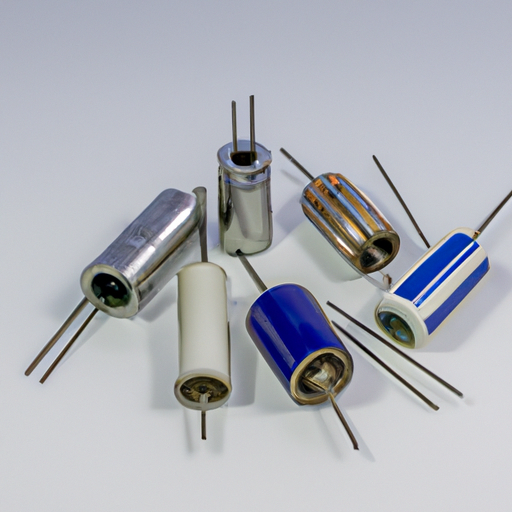
What are the Popular Capacitor Capacity Product Types?
I. Introduction
Capacitors are fundamental components in electronic circuits, serving as energy storage devices that can release energy when needed. They play a crucial role in various applications, from filtering signals to stabilizing voltage and providing power during brief interruptions. Understanding the different types of capacitors and their capacities is essential for anyone involved in electronics, whether you're a hobbyist, engineer, or student. This article aims to provide an overview of popular capacitor capacity product types, their applications, and factors to consider when selecting the right capacitor for your needs.
II. Understanding Capacitor Capacity
A. Explanation of Capacitance
Capacitance is the ability of a capacitor to store electrical energy in an electric field. It is defined as the ratio of the electric charge stored on one plate of the capacitor to the voltage across the plates. The unit of capacitance is the Farad (F), but in practical applications, capacitors are often measured in microfarads (µF), nanofarads (nF), or picofarads (pF).
1. **Definition and Units**:
- **Farad (F)**: A large unit of capacitance, typically used for supercapacitors.
- **Microfarad (µF)**: Commonly used in audio and power applications.
- **Nanofarad (nF)**: Often used in RF applications.
- **Picofarad (pF)**: Used in high-frequency applications.
2. **Factors Affecting Capacitance**:
- The surface area of the plates: Larger plates can store more charge.
- The distance between the plates: Closer plates increase capacitance.
- The dielectric material: Different materials have different dielectric constants, affecting capacitance.
B. Role of Capacitance in Electronic Applications
Capacitance is critical in various electronic applications, including timing circuits, power supply smoothing, and signal coupling. The choice of capacitance value can significantly impact the performance of a circuit, making it essential to understand the requirements of your specific application.
III. Types of Capacitors
Capacitors come in various types, each with unique characteristics and applications. Here’s an overview of some of the most common types:
A. Overview of Different Capacitor Types
1. **Ceramic Capacitors**:
- Made from ceramic materials, these capacitors are widely used due to their small size and reliability. They are available in various capacitance values and voltage ratings, making them suitable for high-frequency applications.
2. **Electrolytic Capacitors**:
- These capacitors use an electrolyte to achieve a larger capacitance in a smaller volume. They are polarized, meaning they have a positive and negative terminal, and are commonly used in power supply circuits.
3. **Film Capacitors**:
- Made from thin plastic films, these capacitors are known for their stability and low loss. They are often used in audio applications and power electronics.
4. **Tantalum Capacitors**:
- Similar to electrolytic capacitors but made from tantalum metal, these capacitors offer high capacitance in a small package. They are often used in compact electronic devices.
5. **Supercapacitors**:
- Also known as ultracapacitors, these devices can store a significant amount of energy and are used in applications requiring rapid charge and discharge cycles, such as energy storage systems.
6. **Mica Capacitors**:
- Known for their high precision and stability, mica capacitors are often used in RF applications and high-frequency circuits.
7. **Aluminum and Tantalum Electrolytic Capacitors**:
- These are specific types of electrolytic capacitors that use aluminum or tantalum as the anode material, providing different characteristics suitable for various applications.
IV. Popular Capacitor Capacity Ranges
Capacitors are categorized based on their capacitance values, which can be broadly classified into three ranges: low, medium, and high capacity.
A. Low-Capacity Capacitors (pF to µF)
1. **Applications and Examples**:
- Low-capacity capacitors are often used in timing circuits, coupling and decoupling applications, and high-frequency signal processing.
2. **Common Types Used**:
- Ceramic and film capacitors are prevalent in this range due to their stability and reliability.
B. Medium-Capacity Capacitors (µF to mF)
1. **Applications and Examples**:
- These capacitors are commonly found in power supply circuits, audio equipment, and motor start applications.
2. **Common Types Used**:
- Electrolytic and film capacitors are frequently used in this range, providing a balance between size and capacitance.
C. High-Capacity Capacitors (mF to F)
1. **Applications and Examples**:
- High-capacity capacitors are used in energy storage systems, electric vehicles, and applications requiring rapid charge and discharge cycles.
2. **Common Types Used**:
- Supercapacitors and large electrolytic capacitors are typical in this category, offering significant energy storage capabilities.
V. Factors Influencing Capacitor Selection
When selecting a capacitor for a specific application, several factors must be considered:
A. Voltage Rating
The voltage rating indicates the maximum voltage the capacitor can handle without breaking down. It is crucial to choose a capacitor with a voltage rating higher than the maximum voltage it will encounter in the circuit.
B. Temperature Coefficient
Capacitors can change their capacitance with temperature variations. Understanding the temperature coefficient helps ensure stable performance in varying environmental conditions.
C. Equivalent Series Resistance (ESR)
ESR is a measure of the resistance encountered by the current flowing through the capacitor. Low ESR is desirable in applications where high-frequency performance is critical.
D. Size and Form Factor
The physical size and shape of the capacitor can impact its suitability for specific applications, especially in compact electronic devices.
E. Application-Specific Requirements
Different applications may have unique requirements, such as low leakage current, high ripple current capability, or specific frequency response characteristics.
VI. Applications of Different Capacitor Types
Capacitors are used in a wide range of applications across various industries:
A. Consumer Electronics
In devices like smartphones, tablets, and televisions, capacitors are used for power supply filtering, signal coupling, and timing applications.
B. Industrial Applications
Capacitors play a vital role in motor control, power factor correction, and energy storage systems in industrial settings.
C. Automotive Electronics
Modern vehicles rely on capacitors for various functions, including power management, audio systems, and safety features.
D. Renewable Energy Systems
Capacitors are essential in solar inverters and energy storage systems, helping to manage power flow and stabilize voltage.
E. Telecommunications
In telecommunications, capacitors are used in signal processing, filtering, and power supply applications to ensure reliable communication.
VII. Future Trends in Capacitor Technology
As technology advances, the demand for more efficient and compact capacitors continues to grow. Some future trends include:
A. Advancements in Materials and Manufacturing
New materials and manufacturing techniques are being developed to create capacitors with higher capacitance values, lower ESR, and improved thermal stability.
B. Increasing Demand for Energy-Efficient Components
With the push for energy efficiency in electronics, capacitors that minimize energy loss and improve performance are becoming increasingly important.
C. The Role of Capacitors in Emerging Technologies
Capacitors will play a crucial role in emerging technologies such as electric vehicles, IoT devices, and renewable energy systems, where energy storage and management are critical.
VIII. Conclusion
Understanding the different types of capacitors and their capacities is essential for anyone involved in electronics. From low-capacity ceramic capacitors to high-capacity supercapacitors, each type has its unique applications and characteristics. When selecting a capacitor, it is crucial to consider factors such as voltage rating, temperature coefficient, and application-specific requirements. As technology continues to evolve, staying informed about advancements in capacitor technology will be vital for optimizing electronic designs and applications.
IX. References
For further reading and resources on capacitors and their applications, consider exploring the following:
1. "Capacitors: Principles and Applications" by John Smith
2. "The Art of Electronics" by Paul Horowitz and Winfield Hill
3. Online resources such as educational websites, electronics forums, and manufacturer datasheets.
By delving deeper into the world of capacitors, you can enhance your understanding and application of these essential electronic components.


